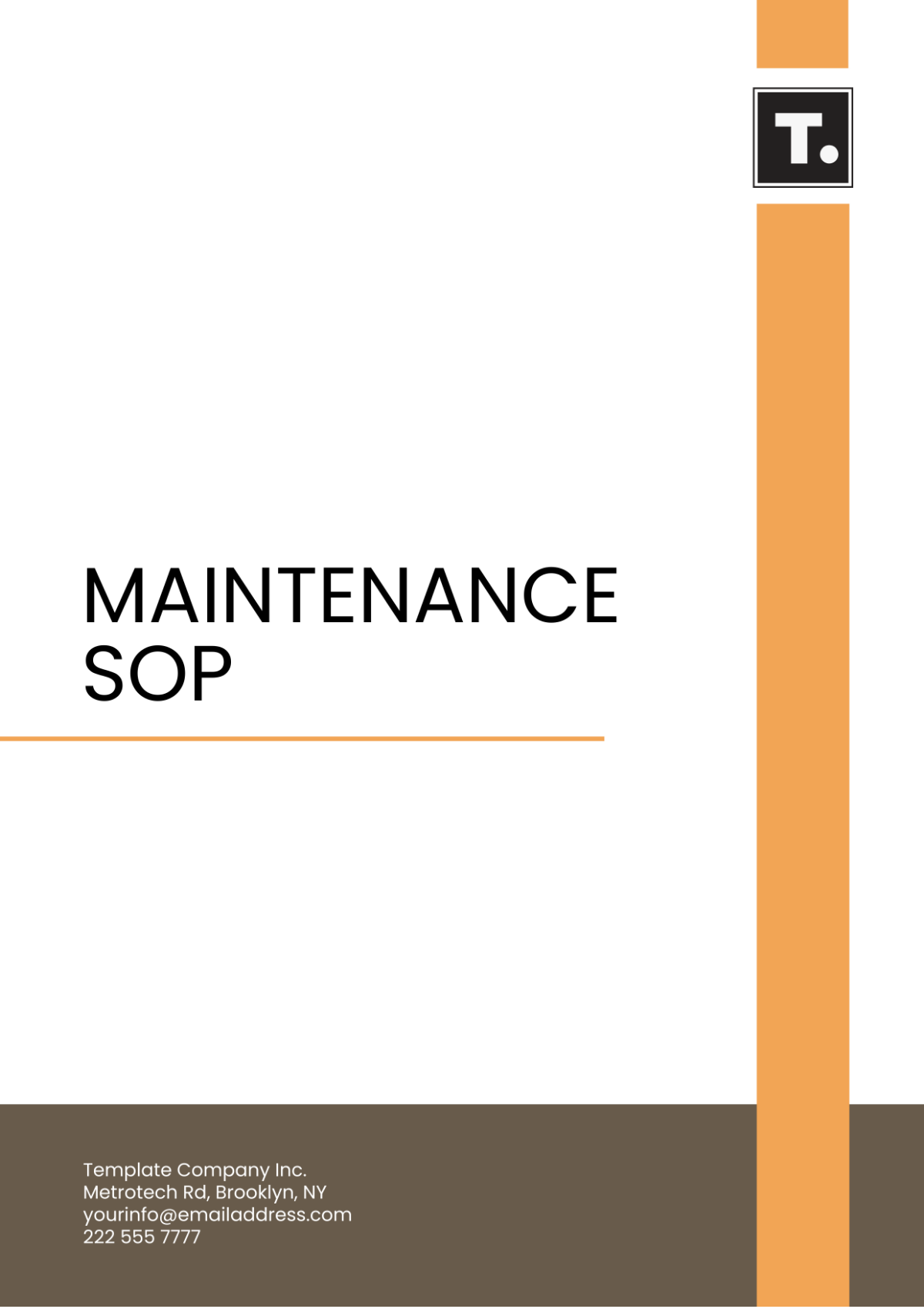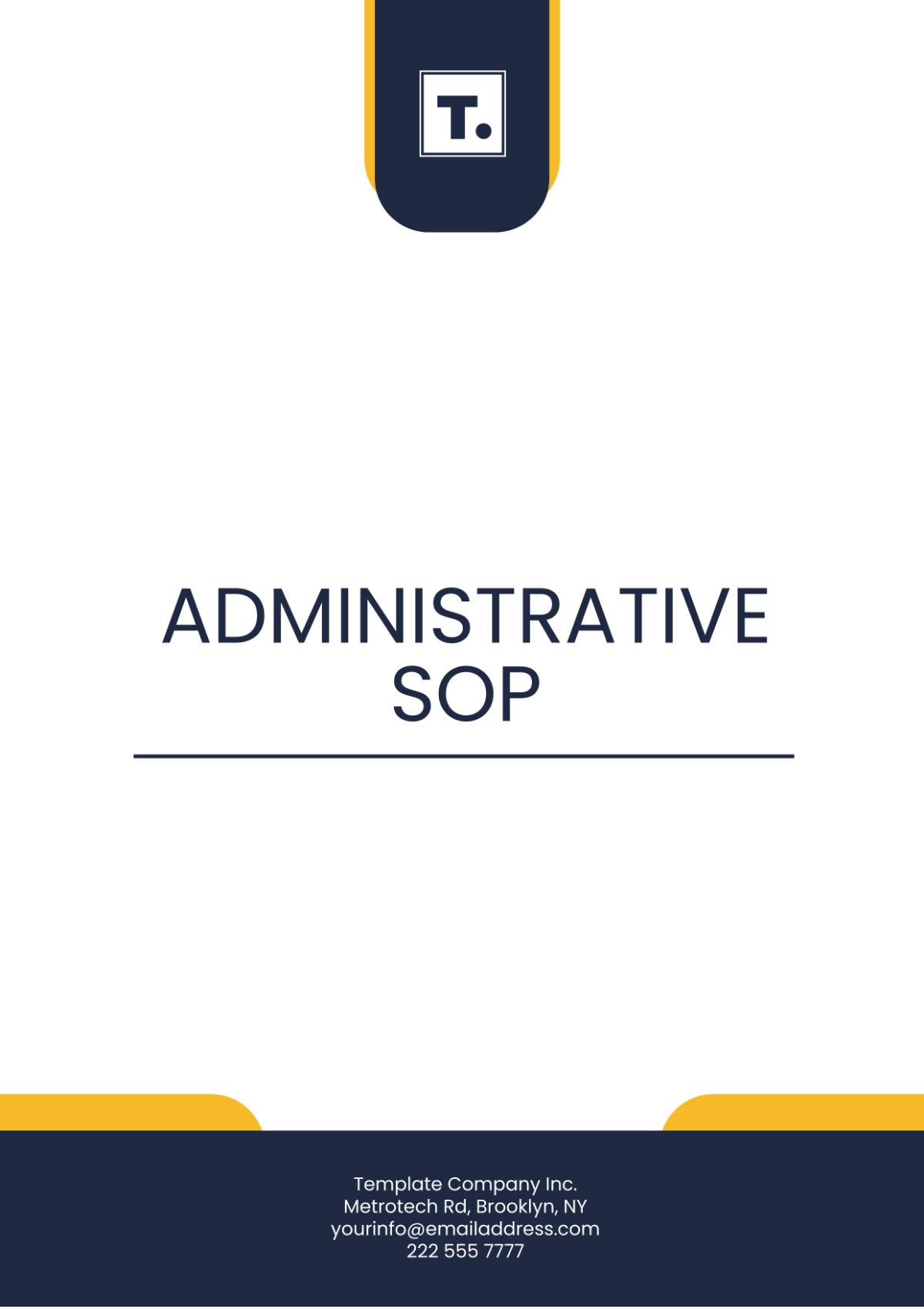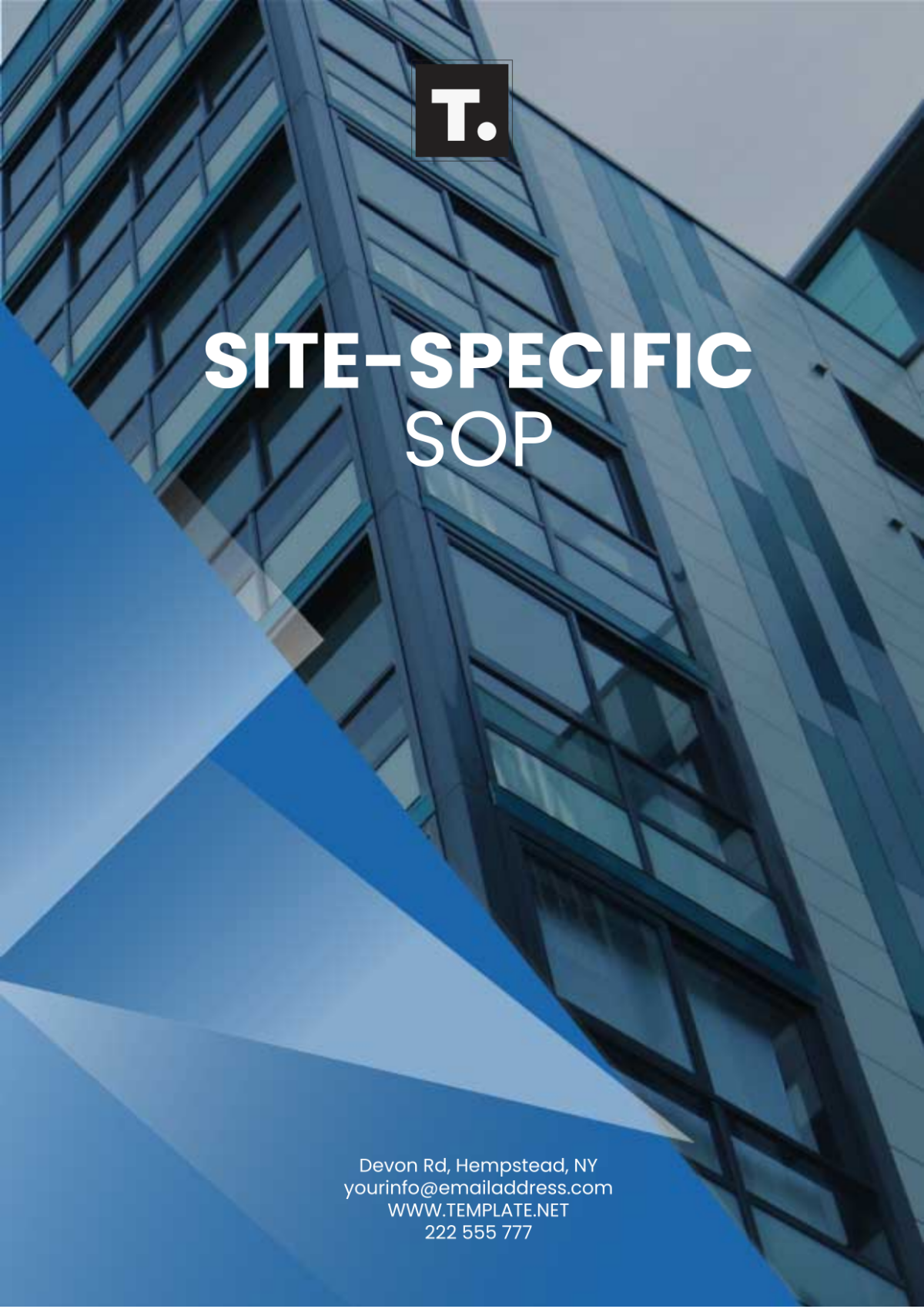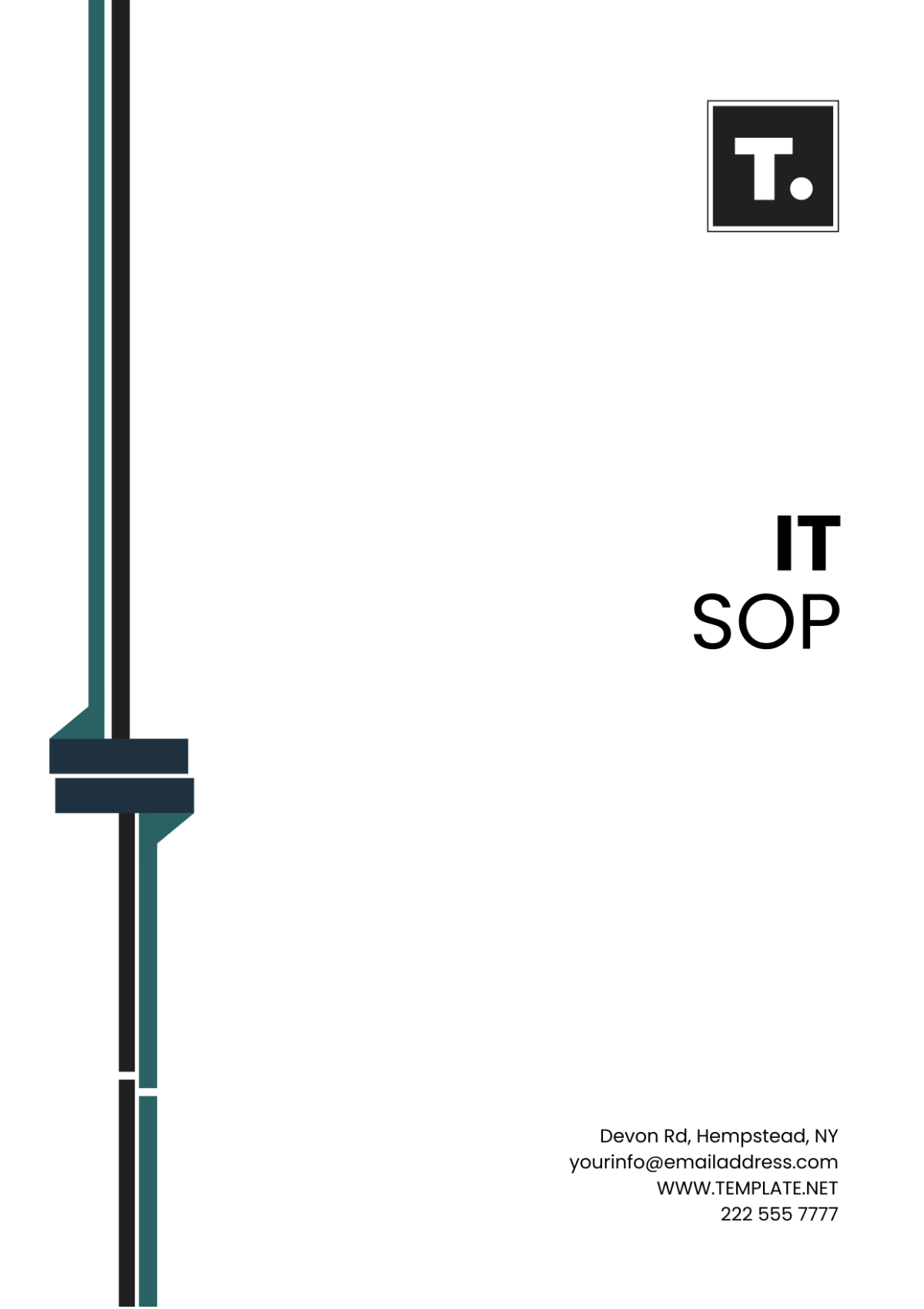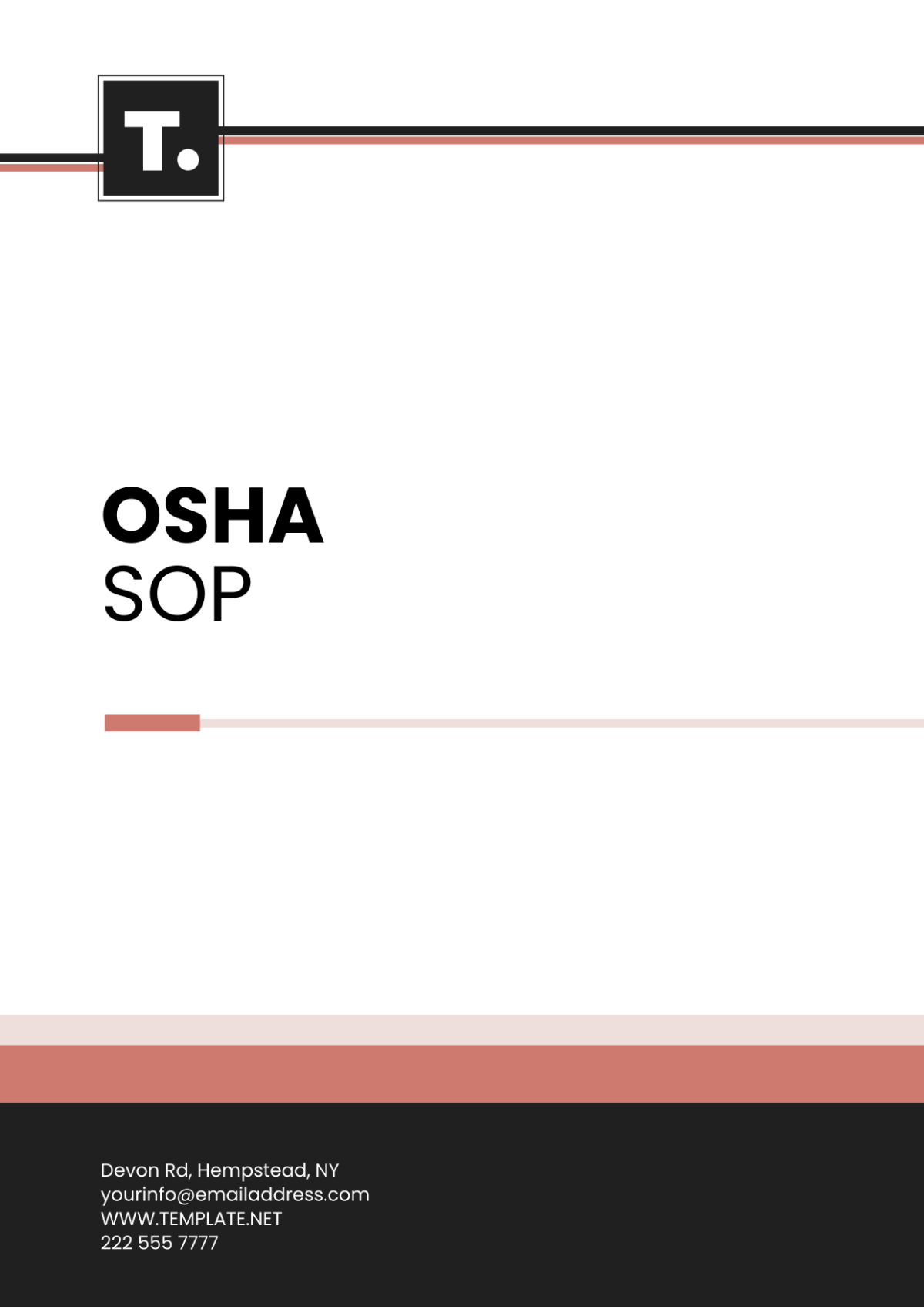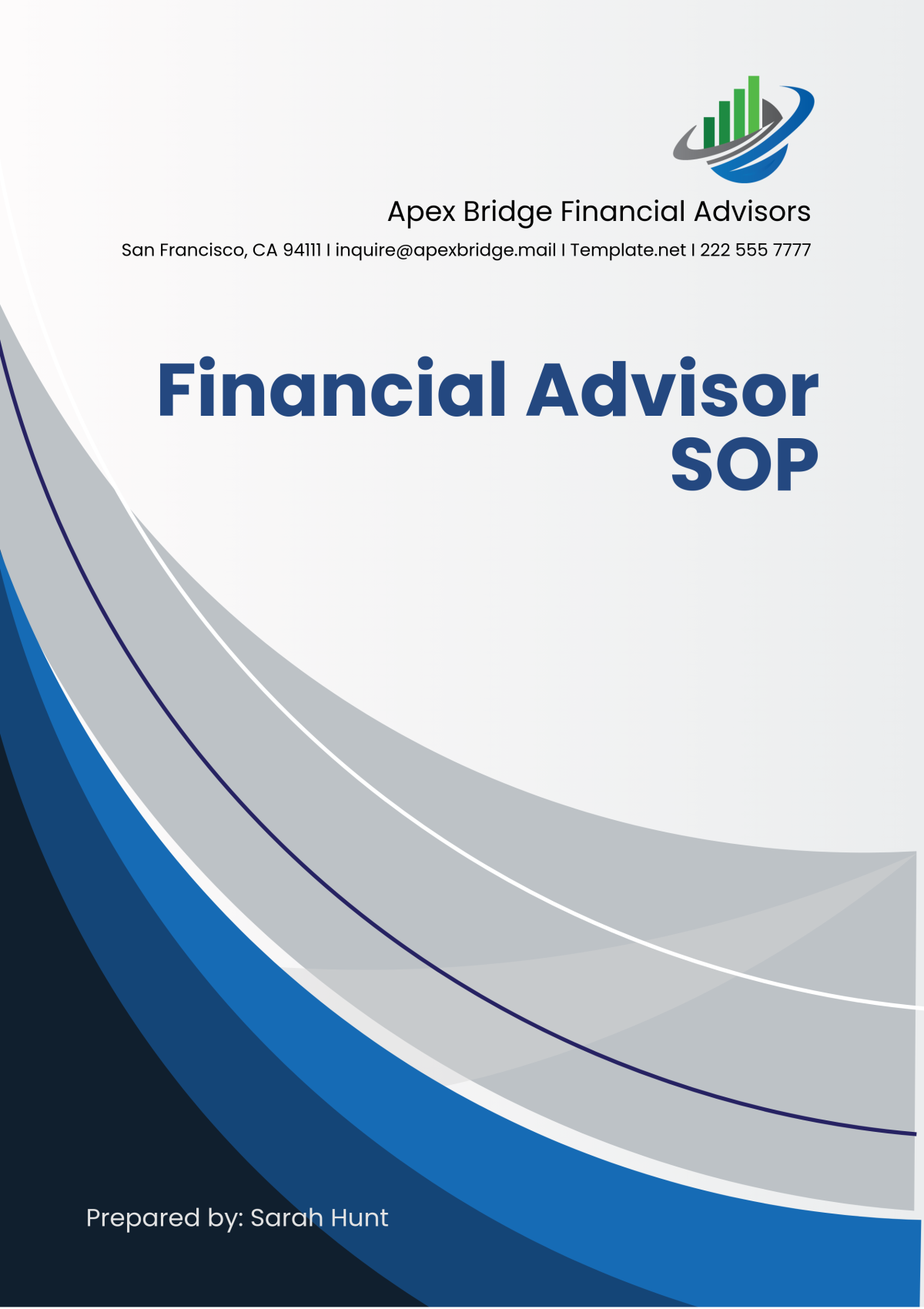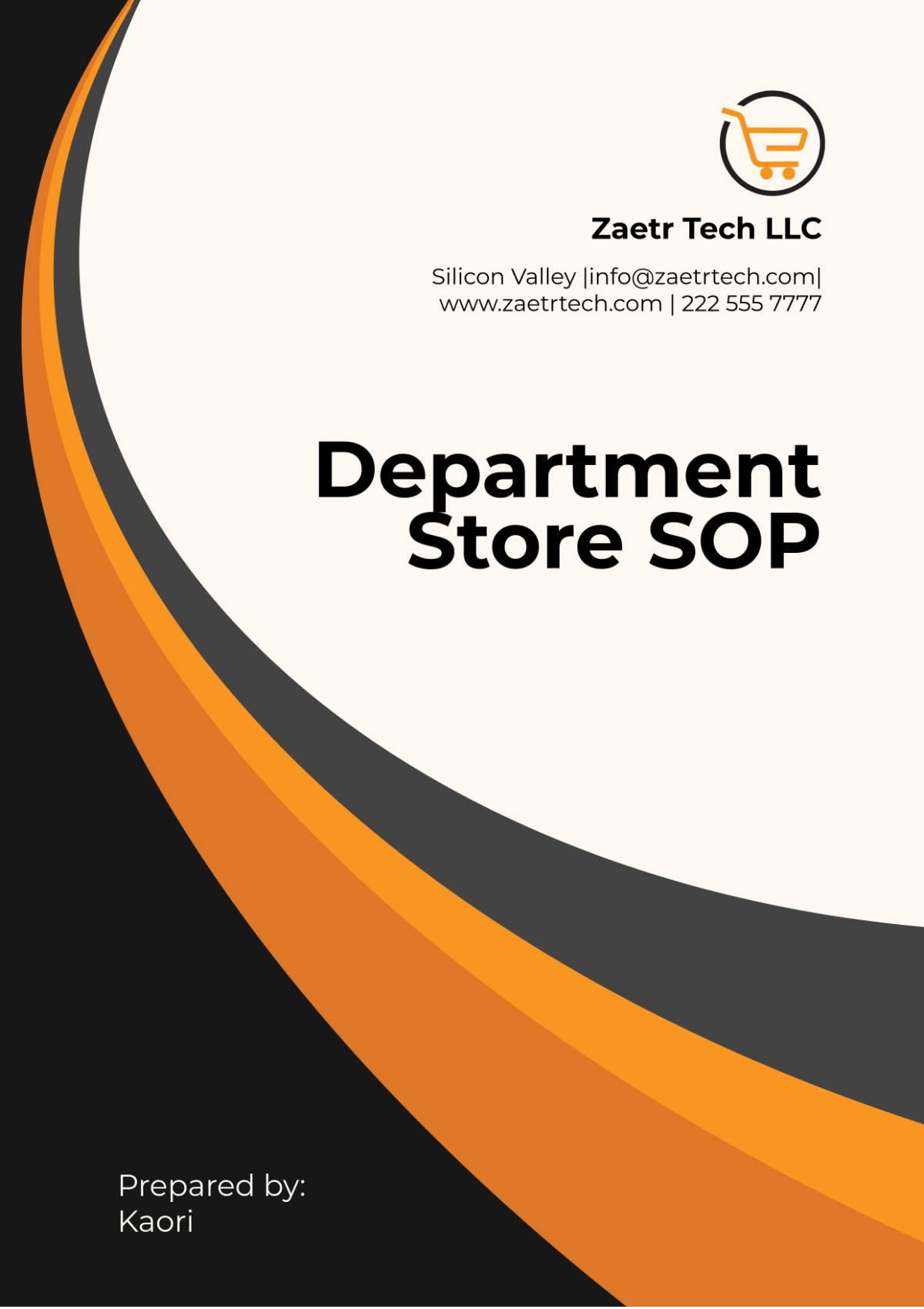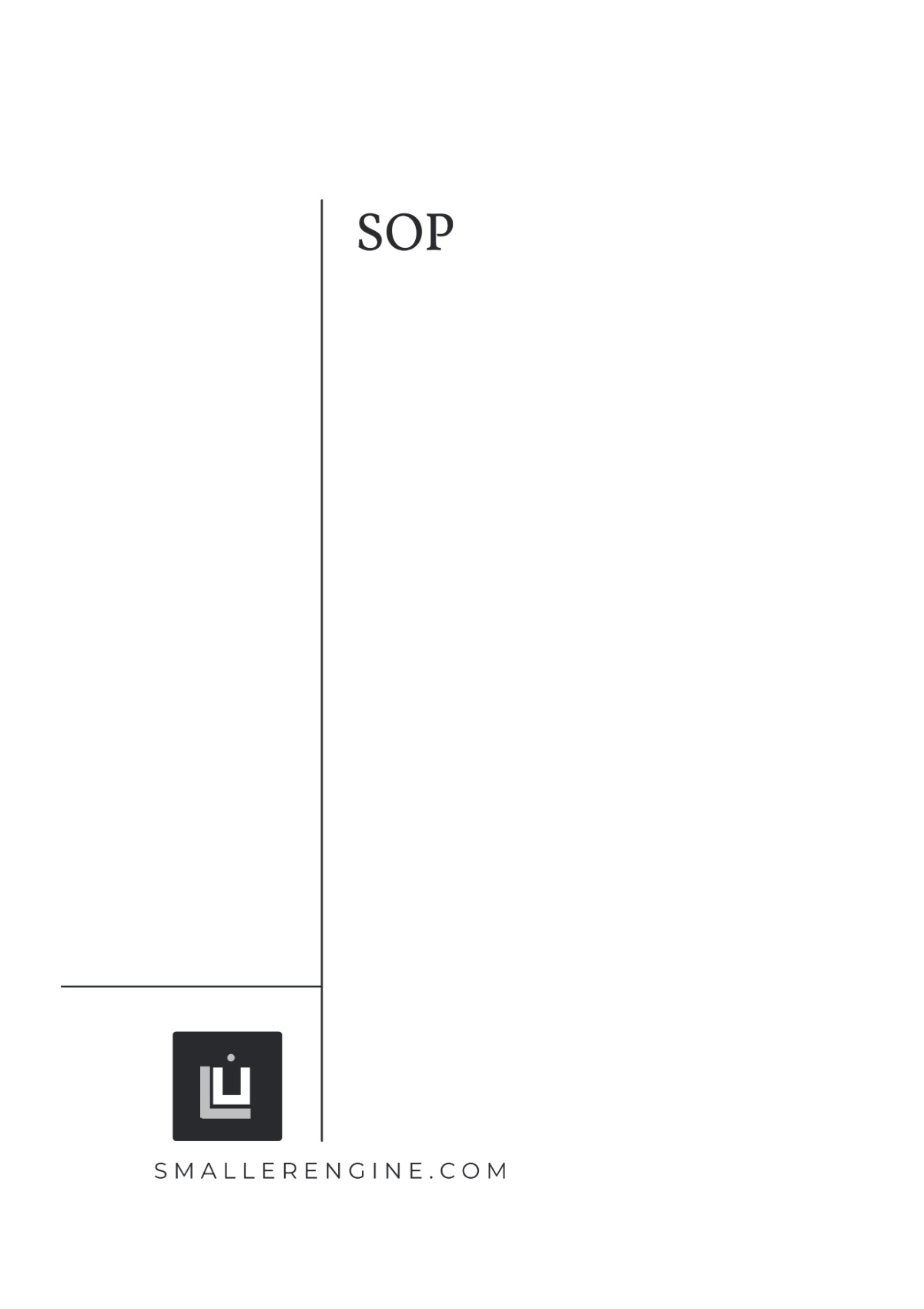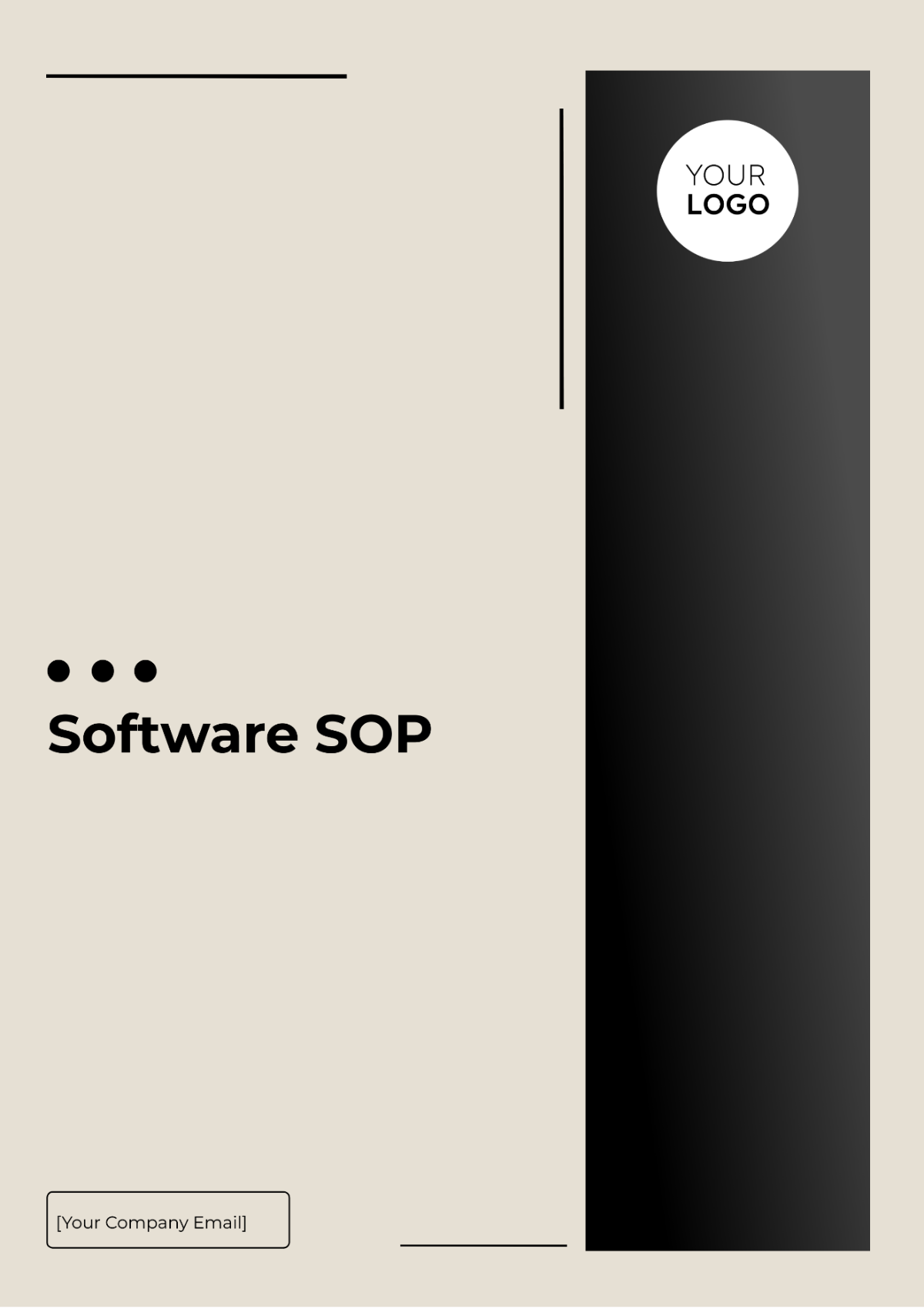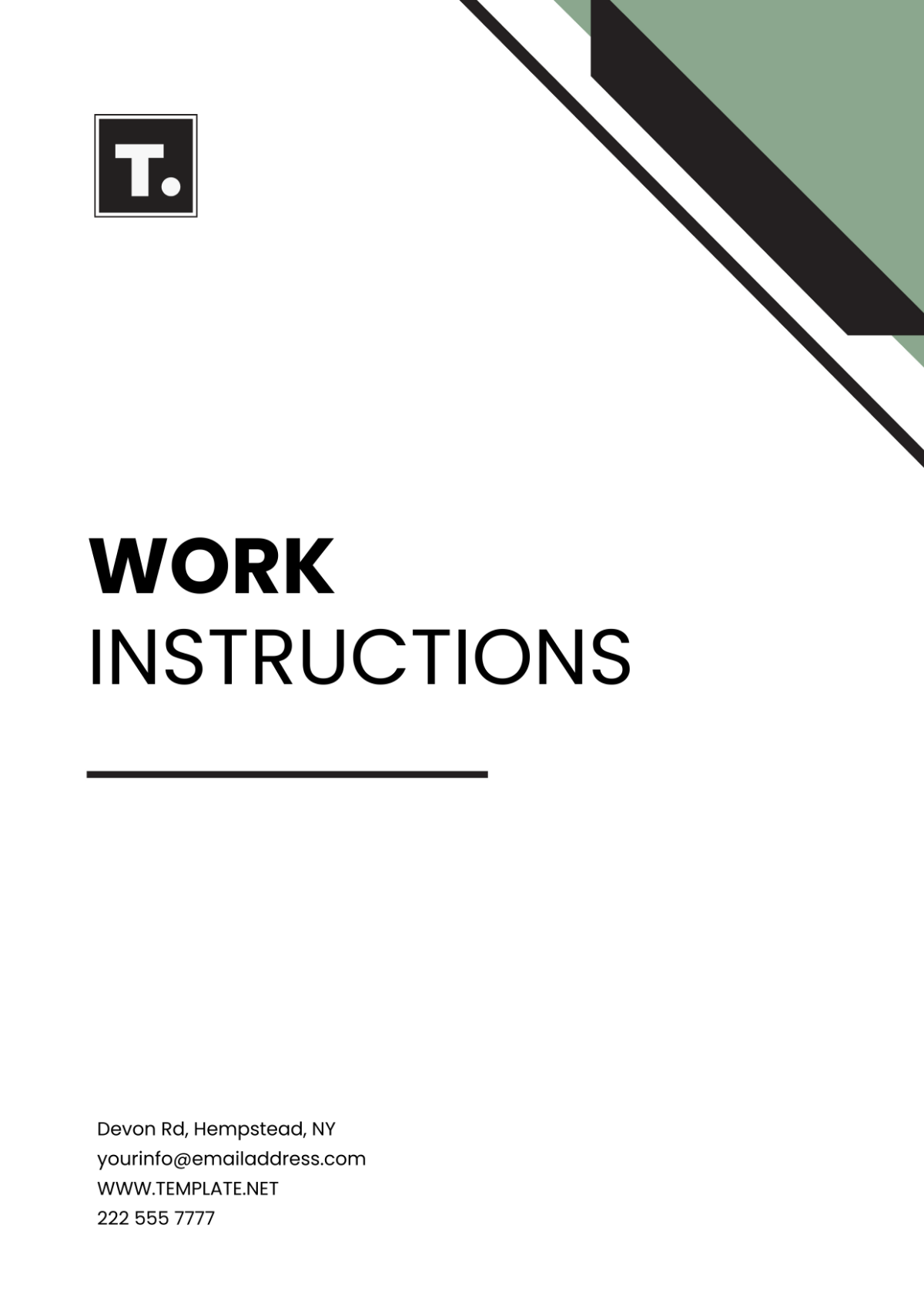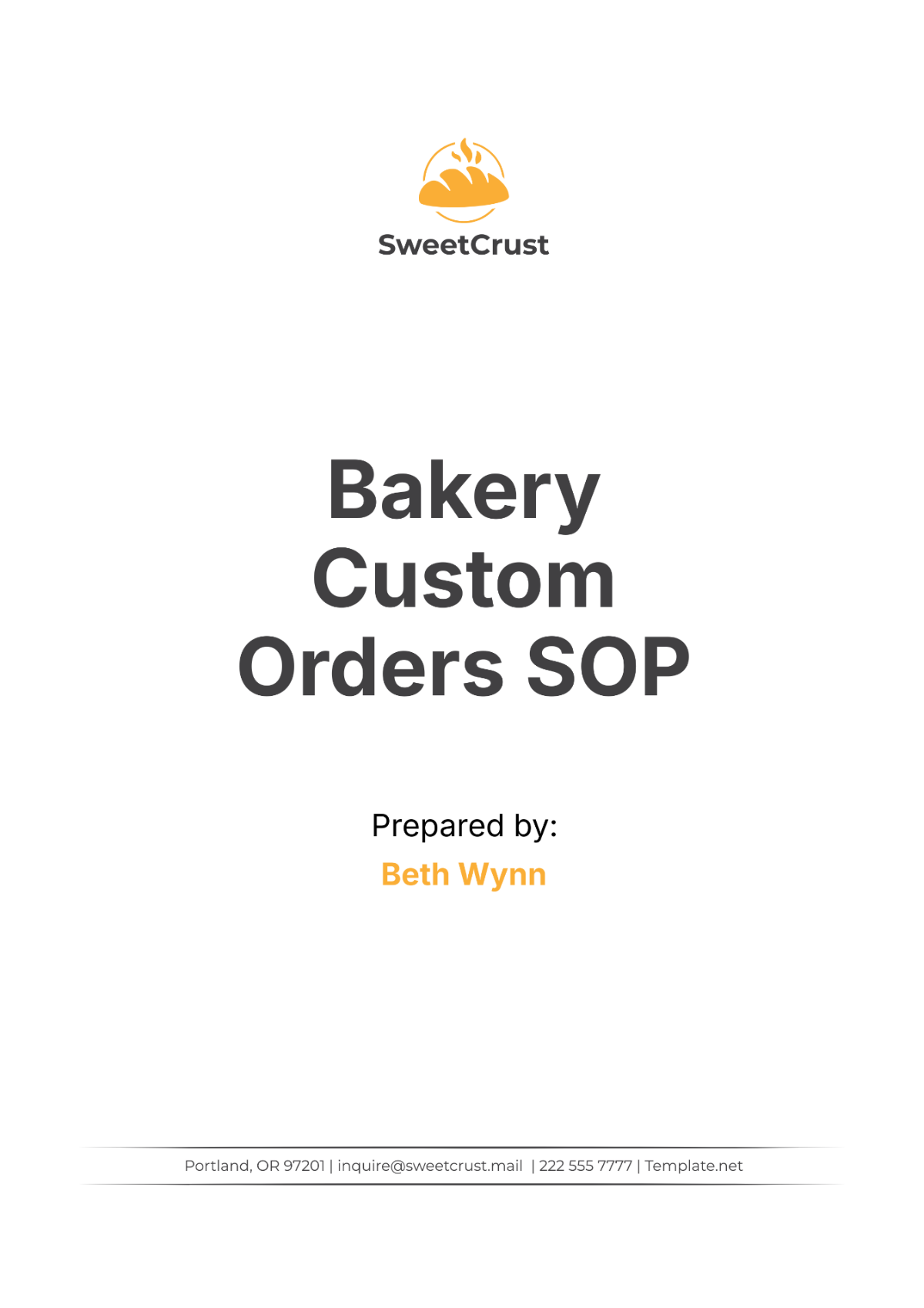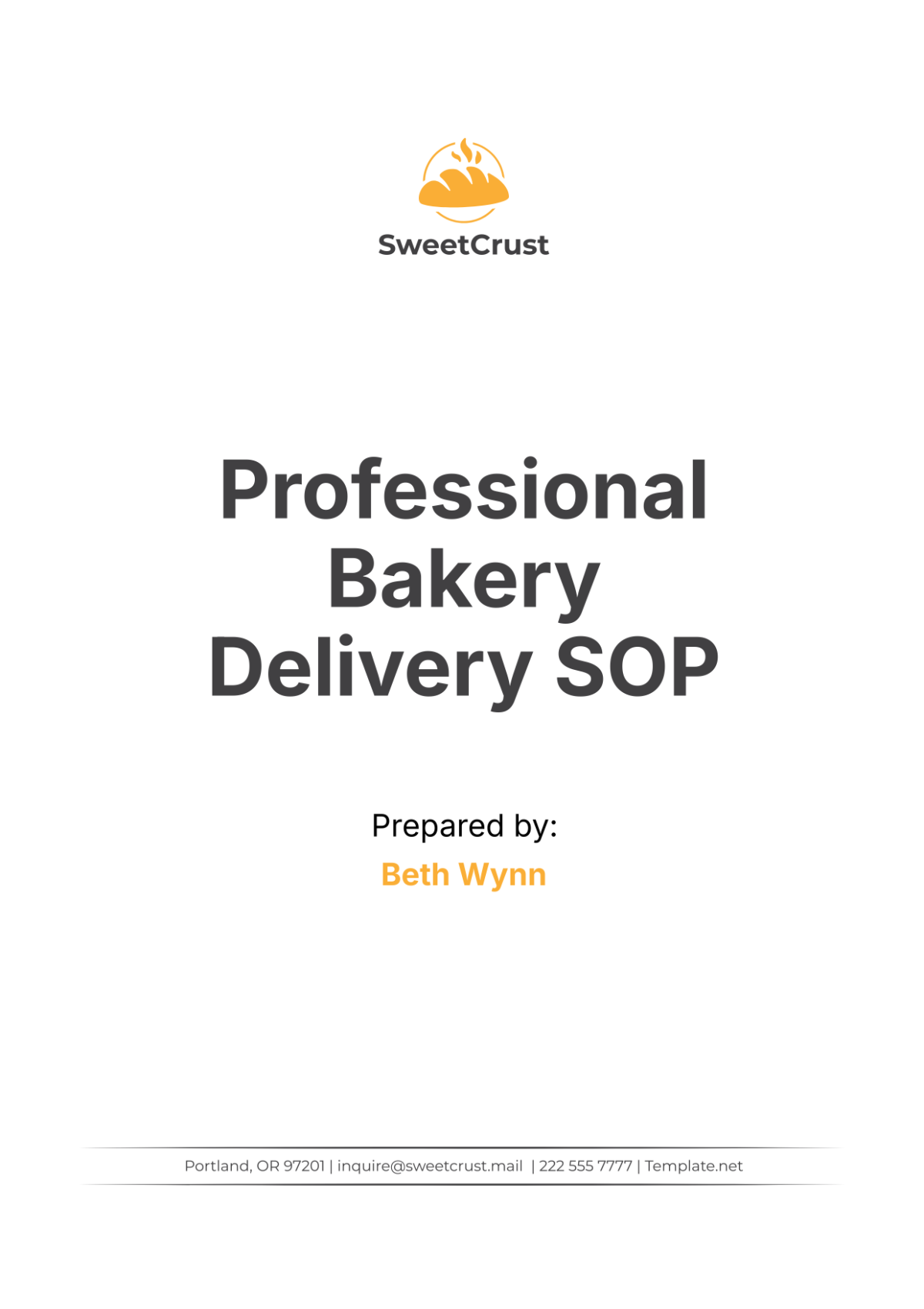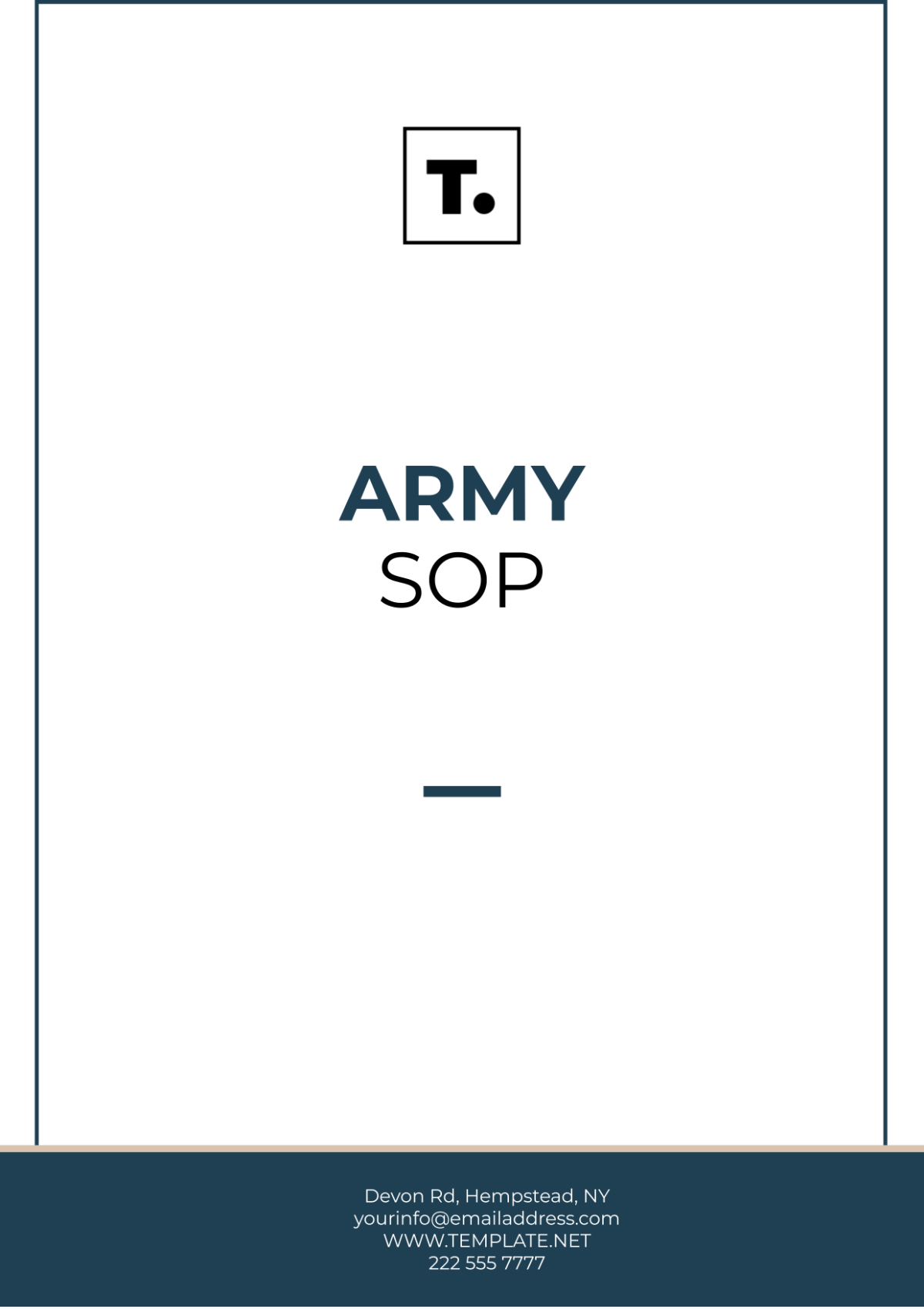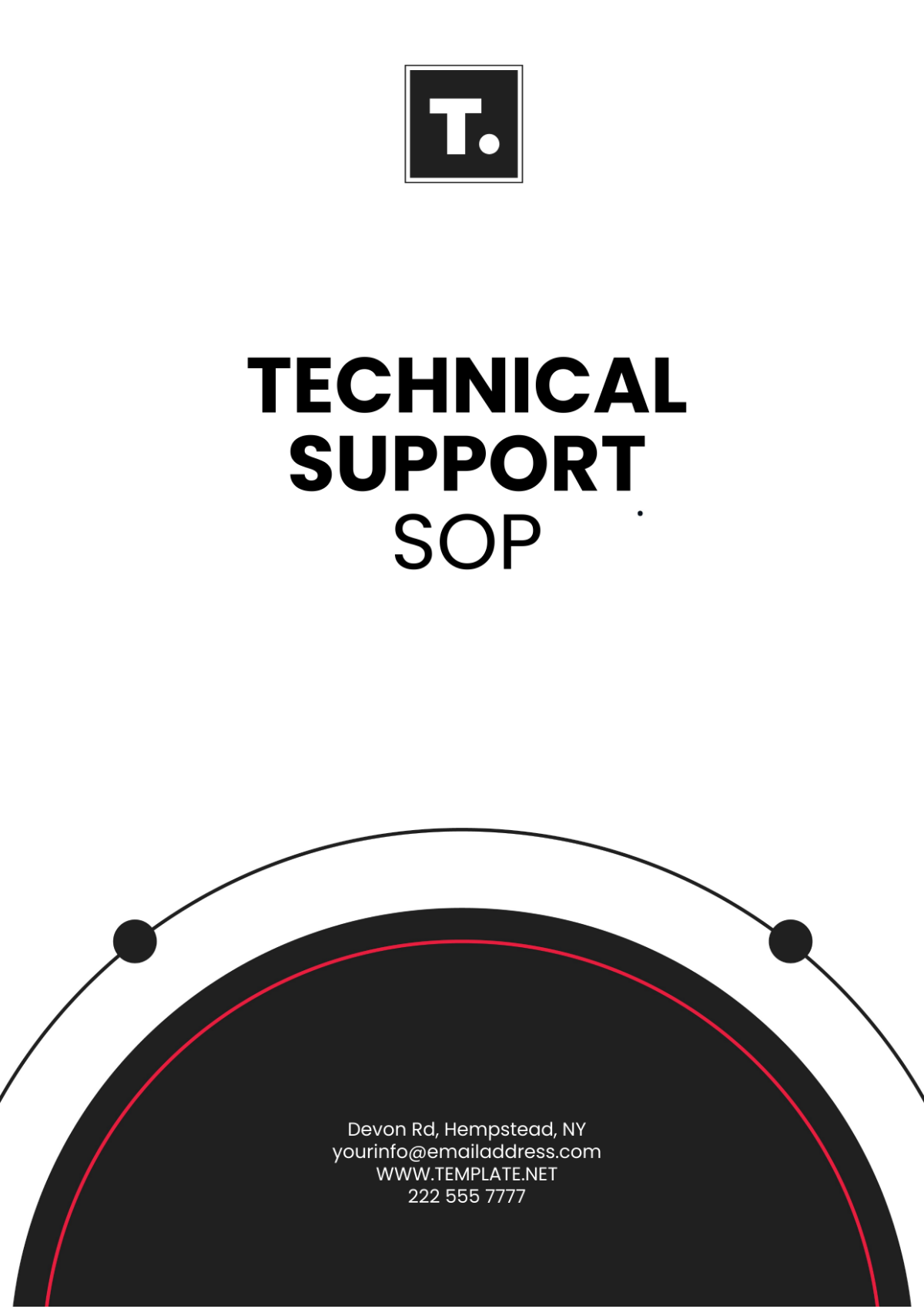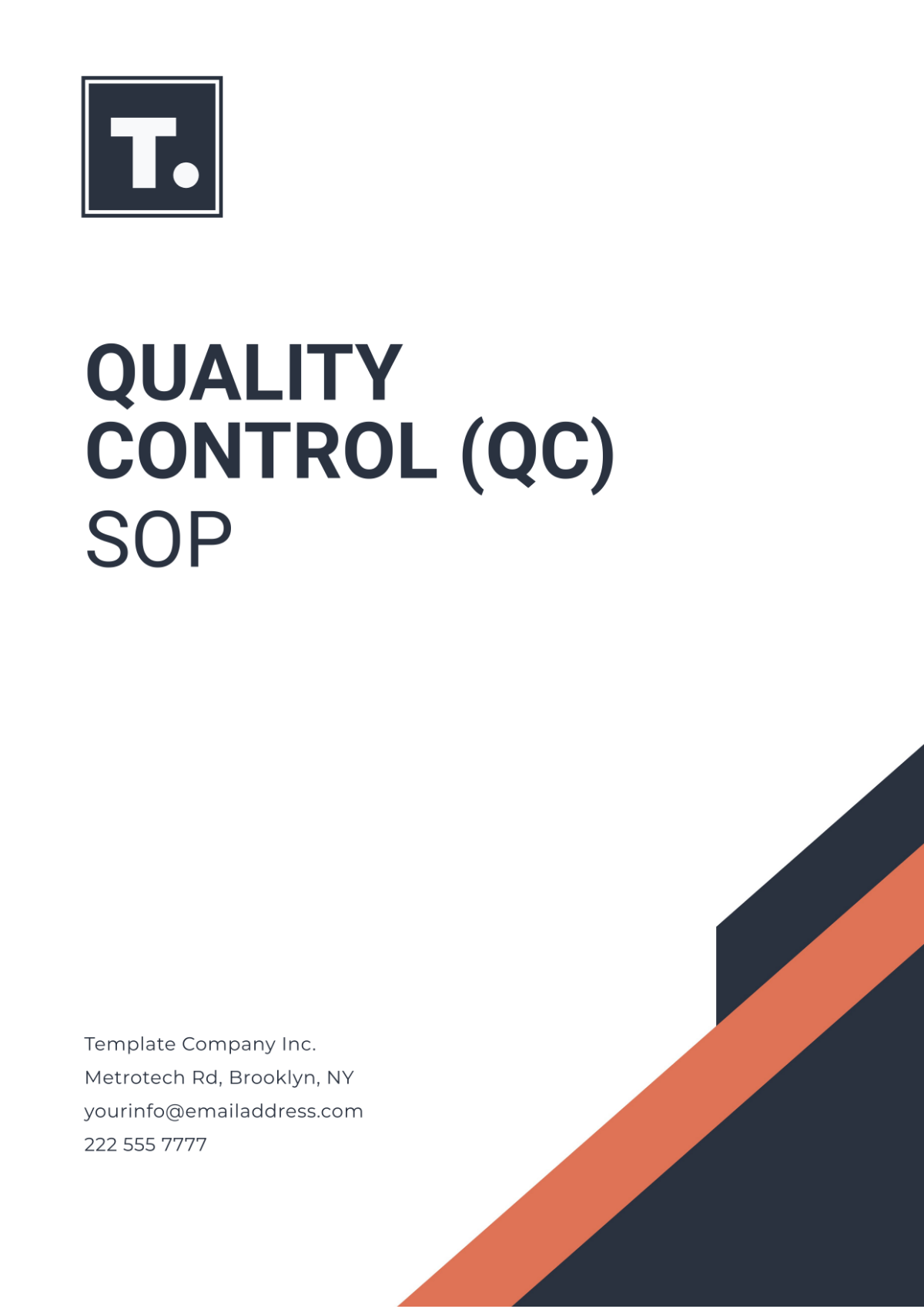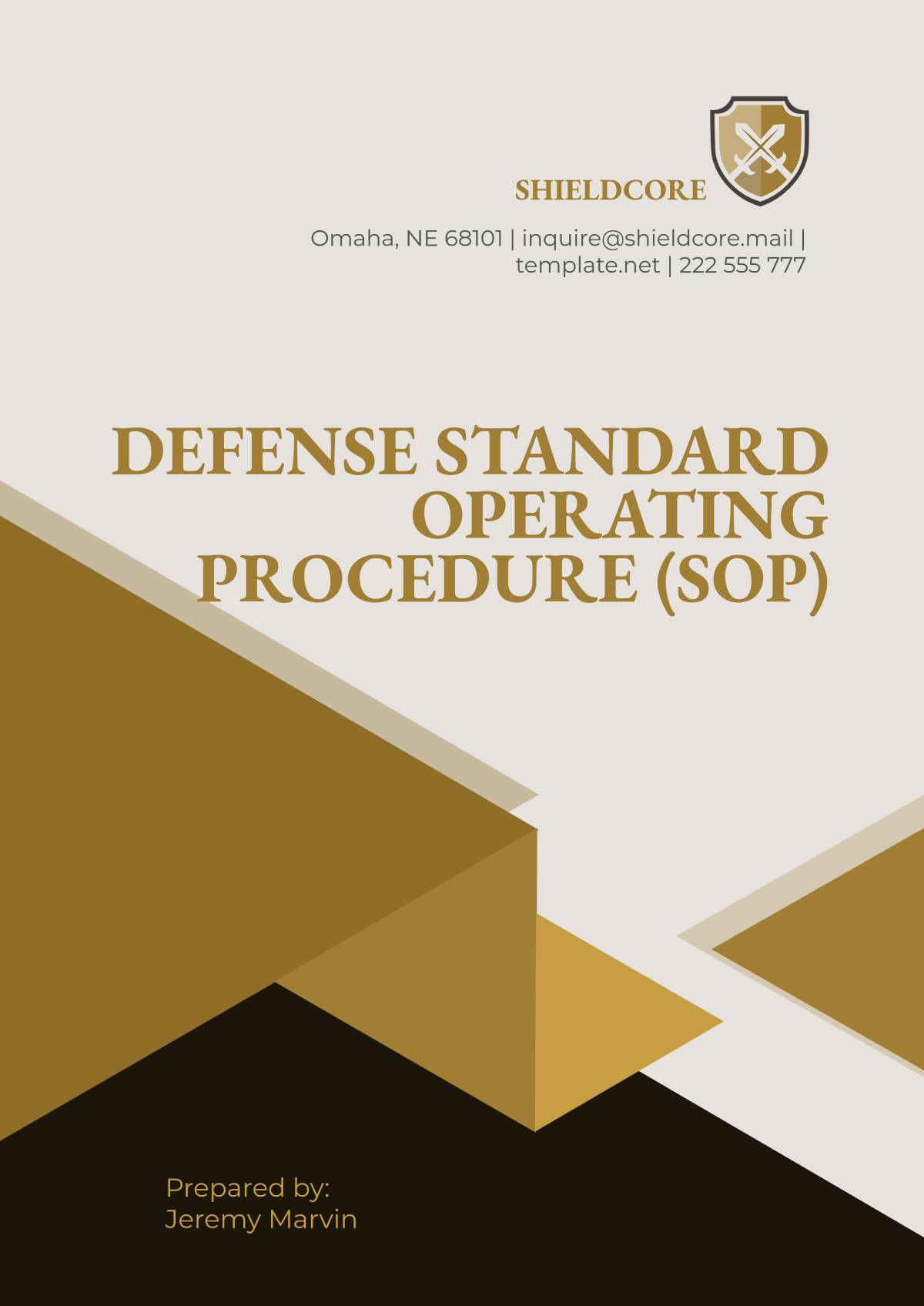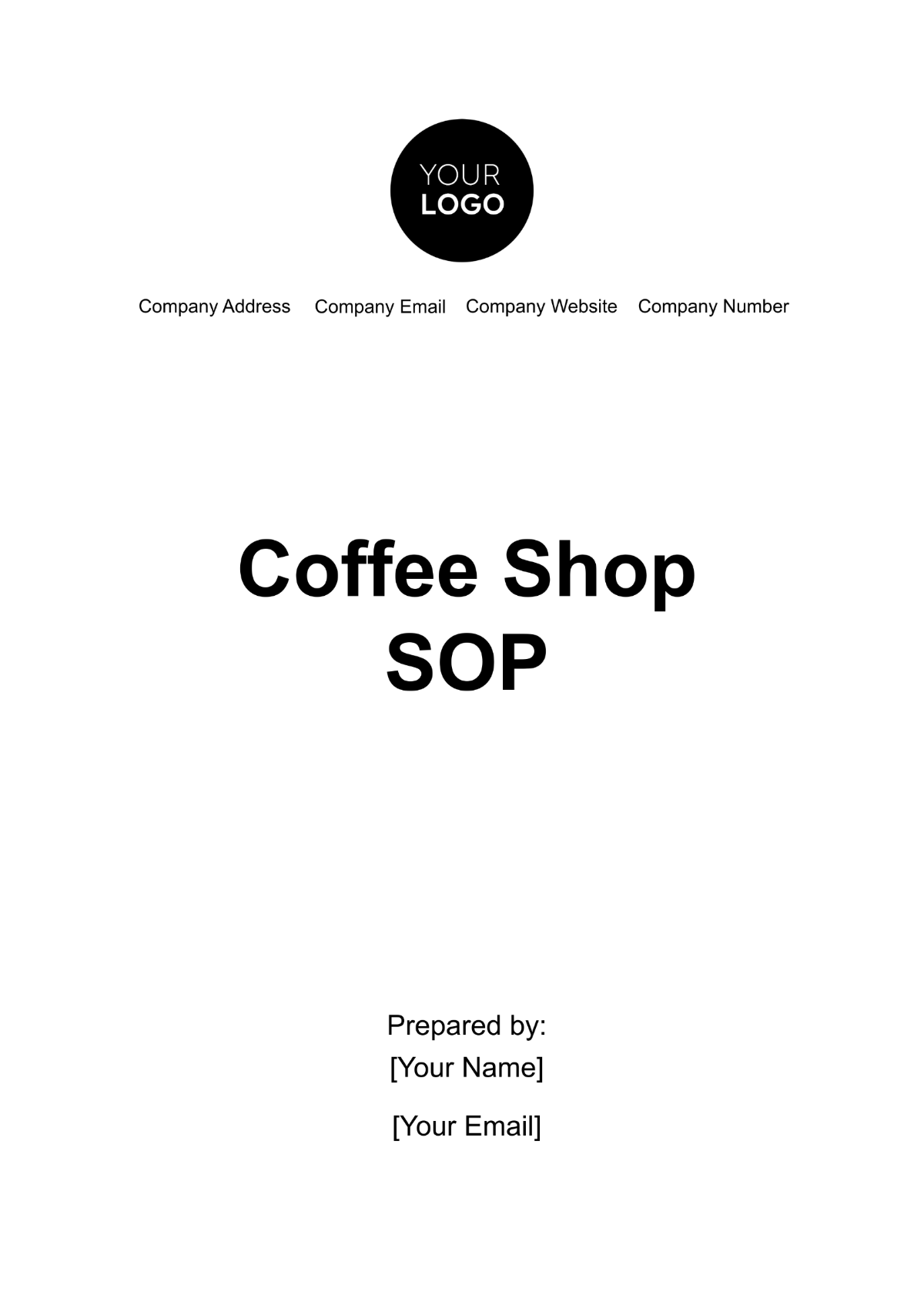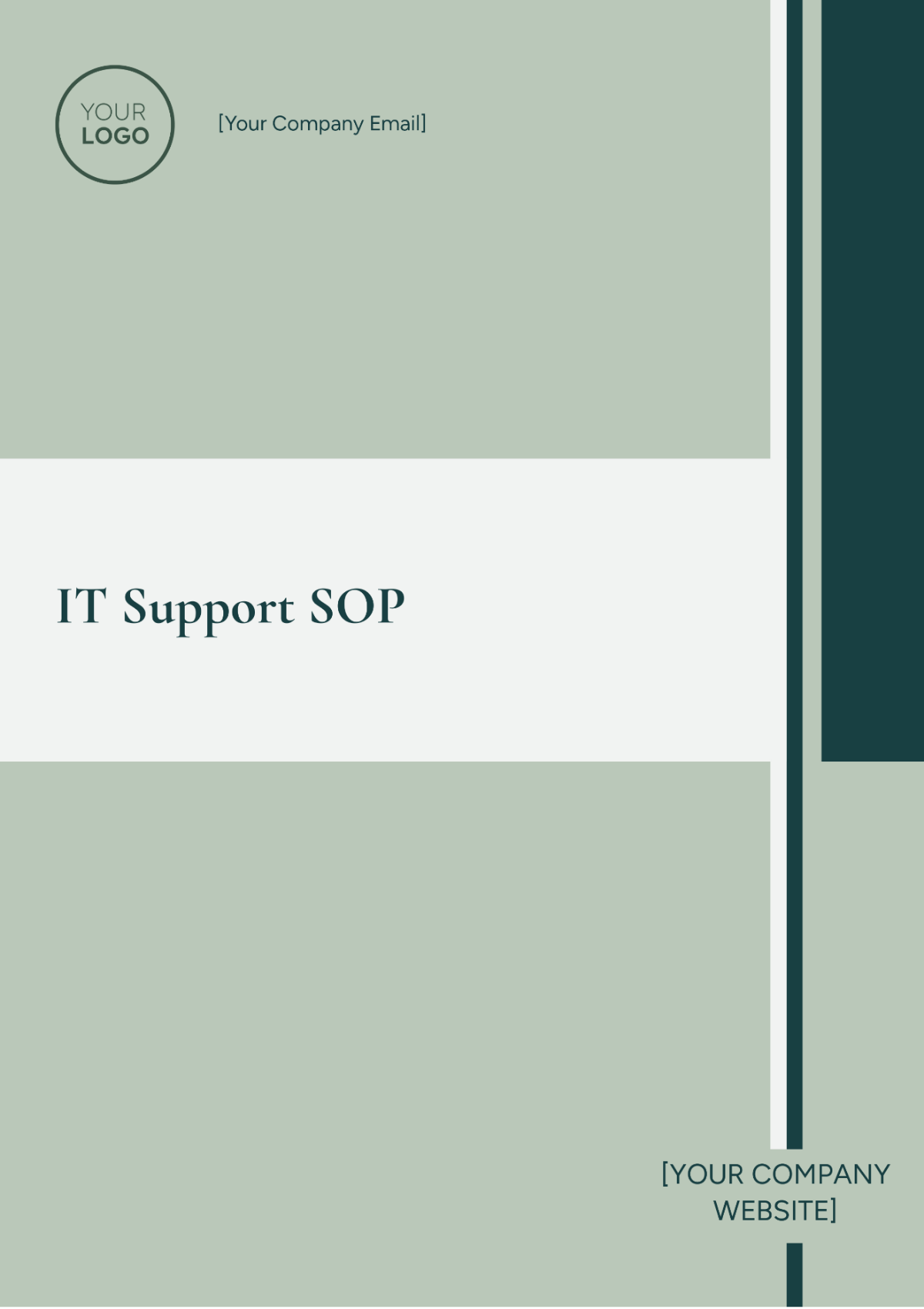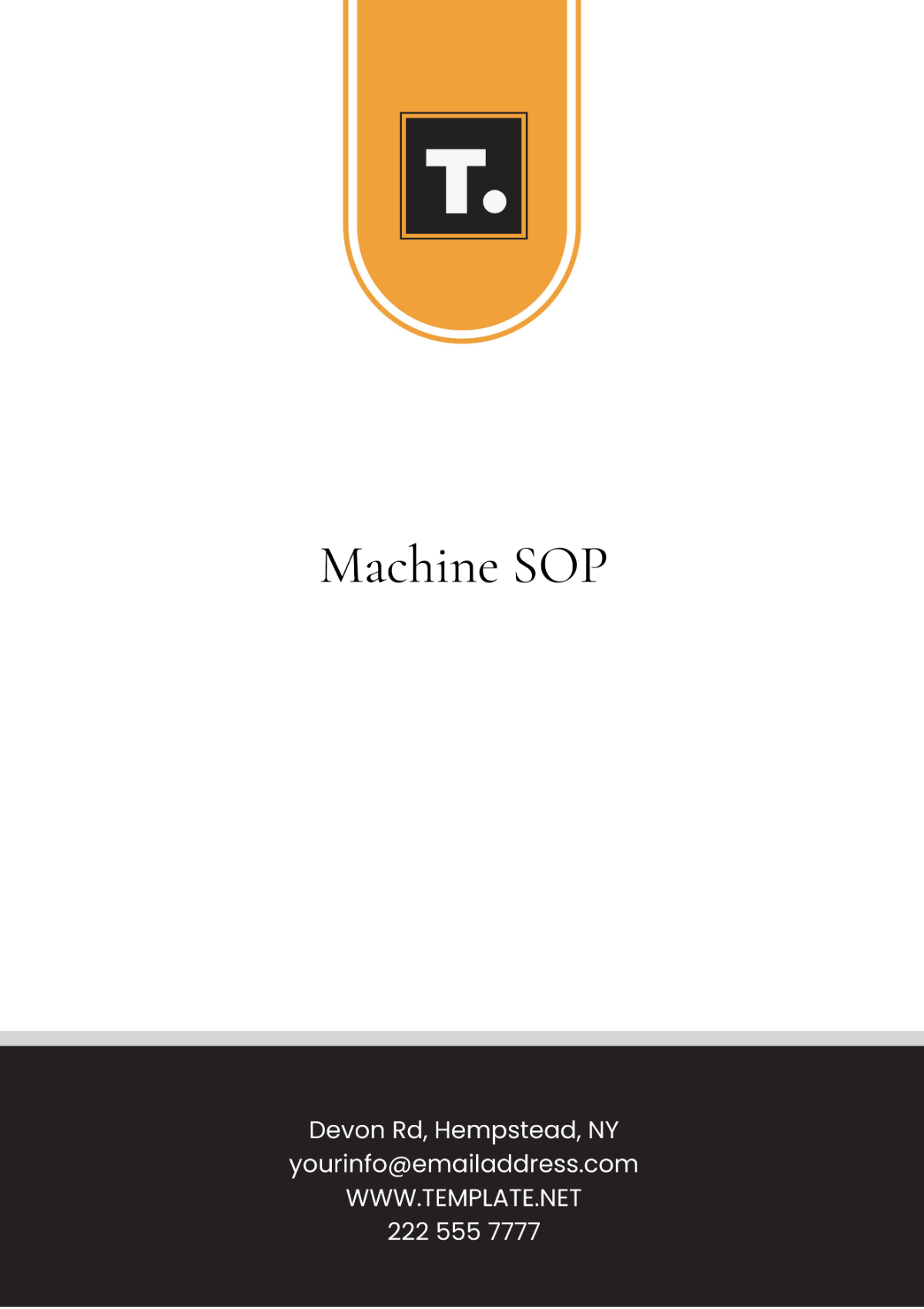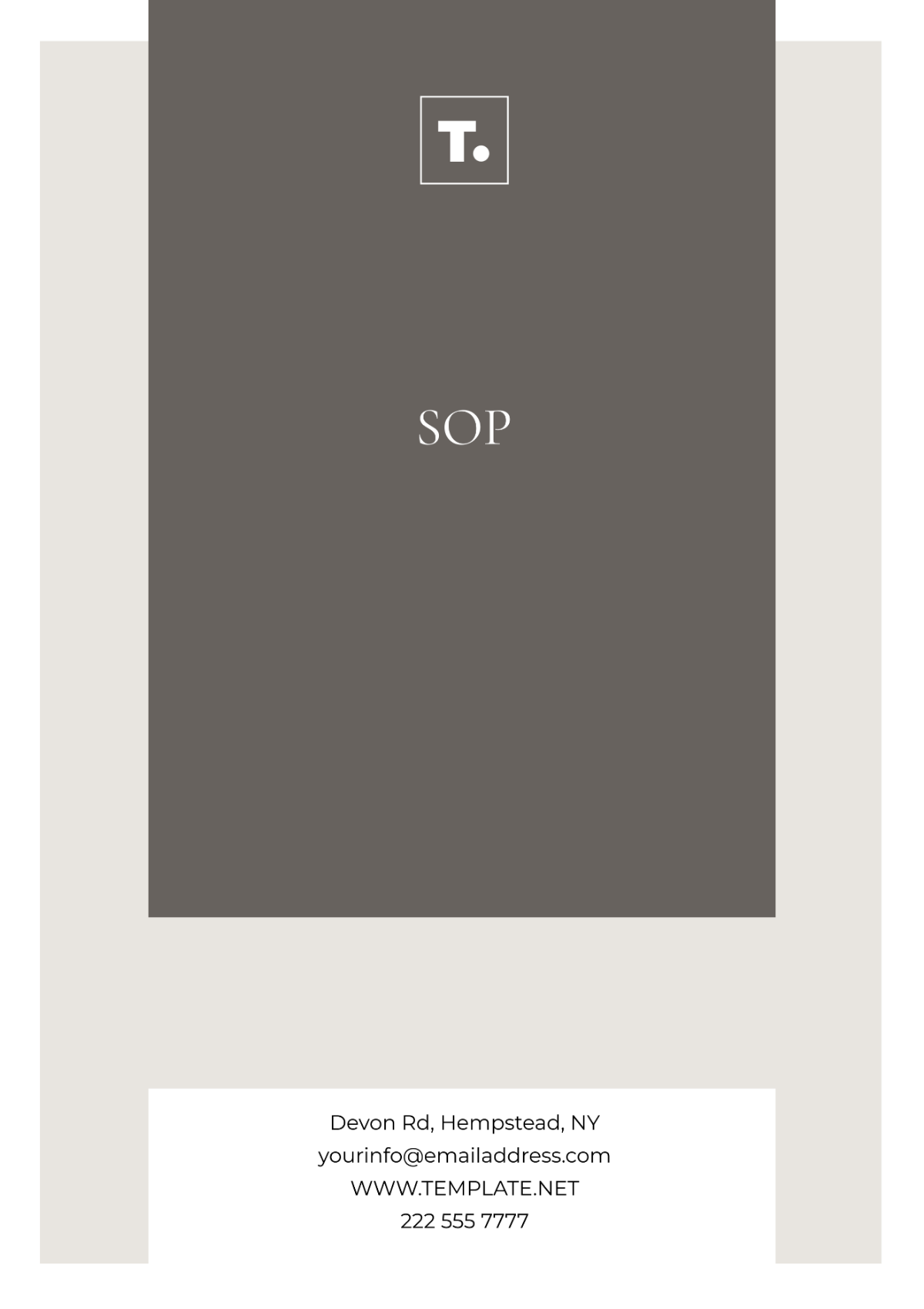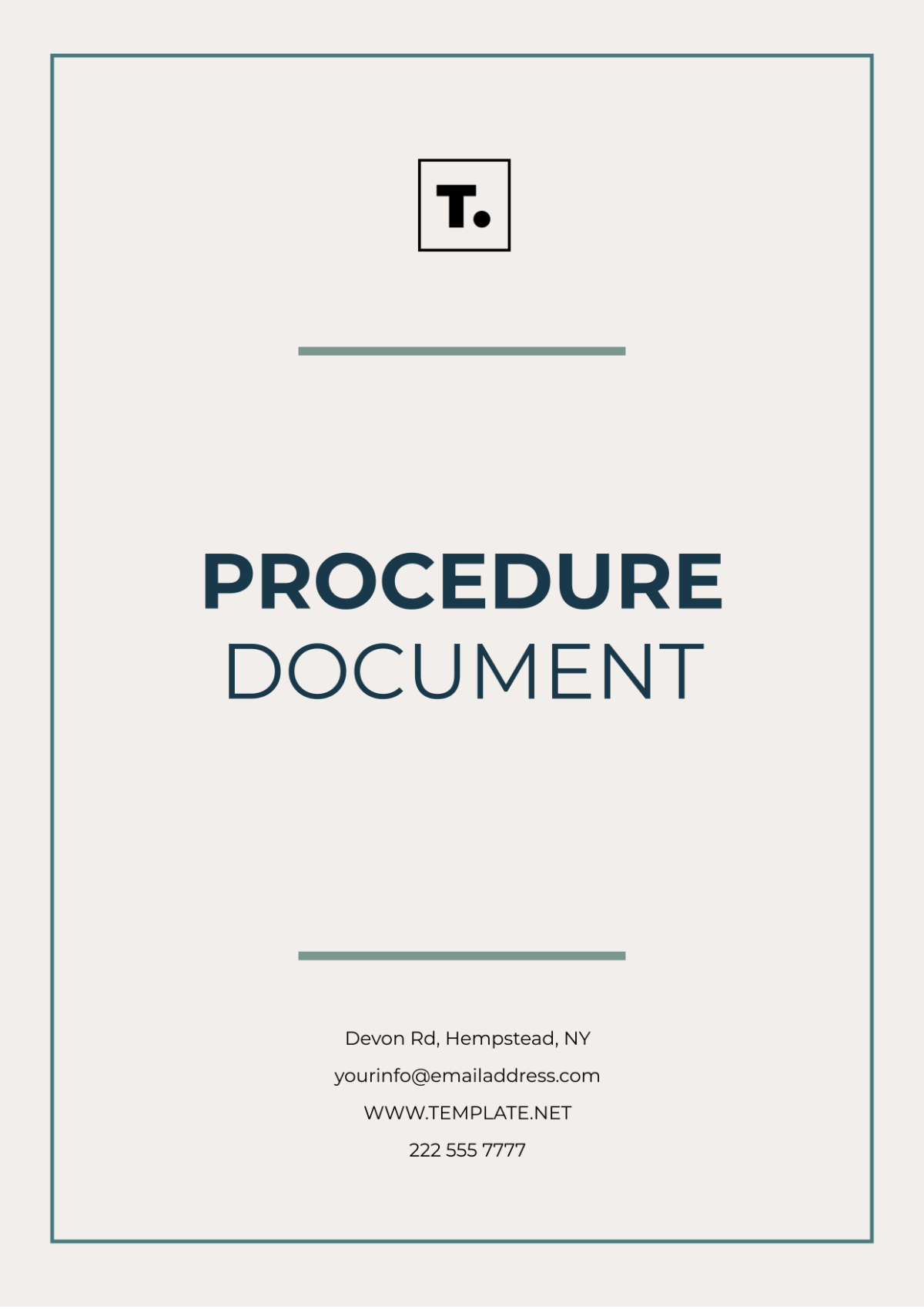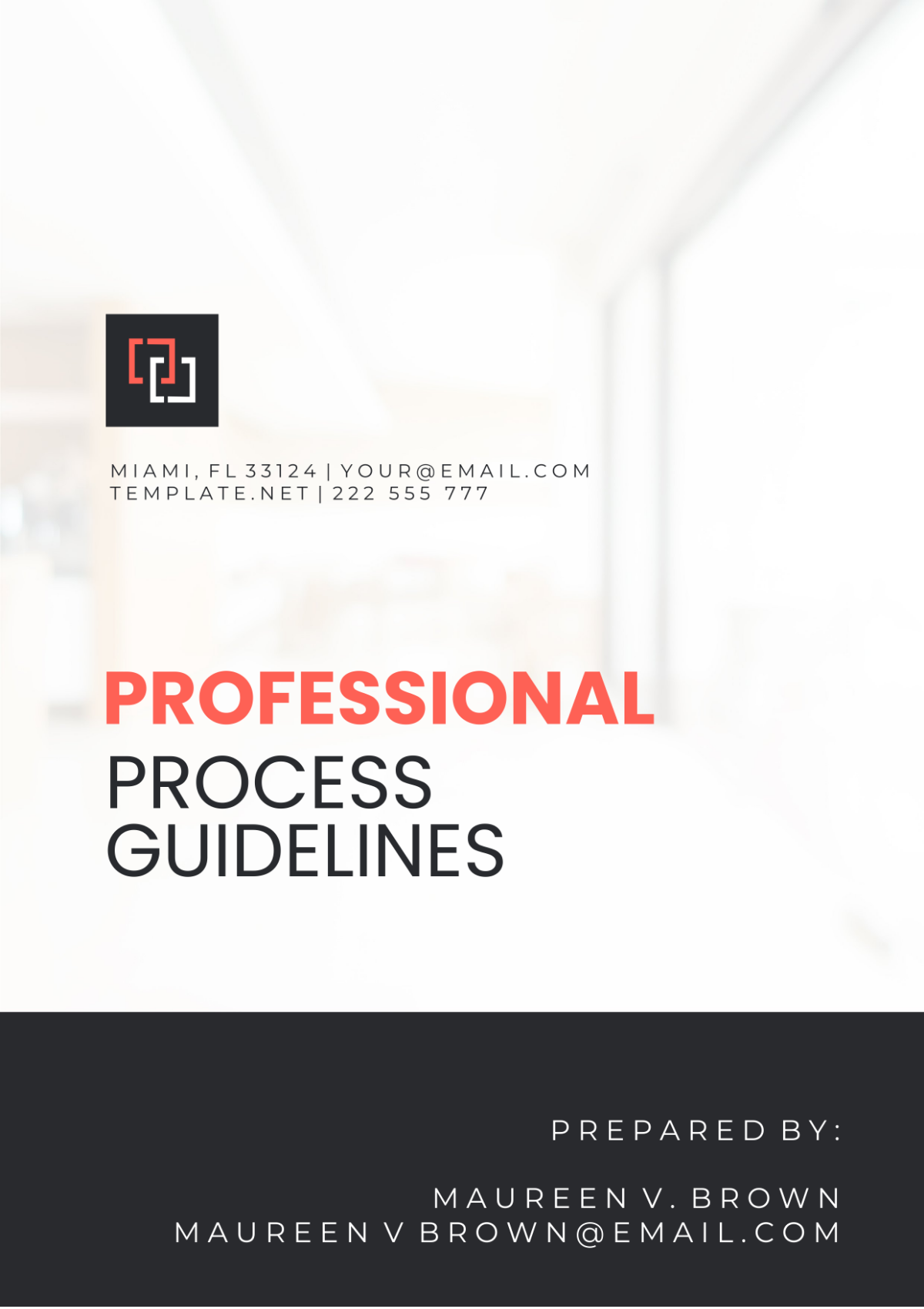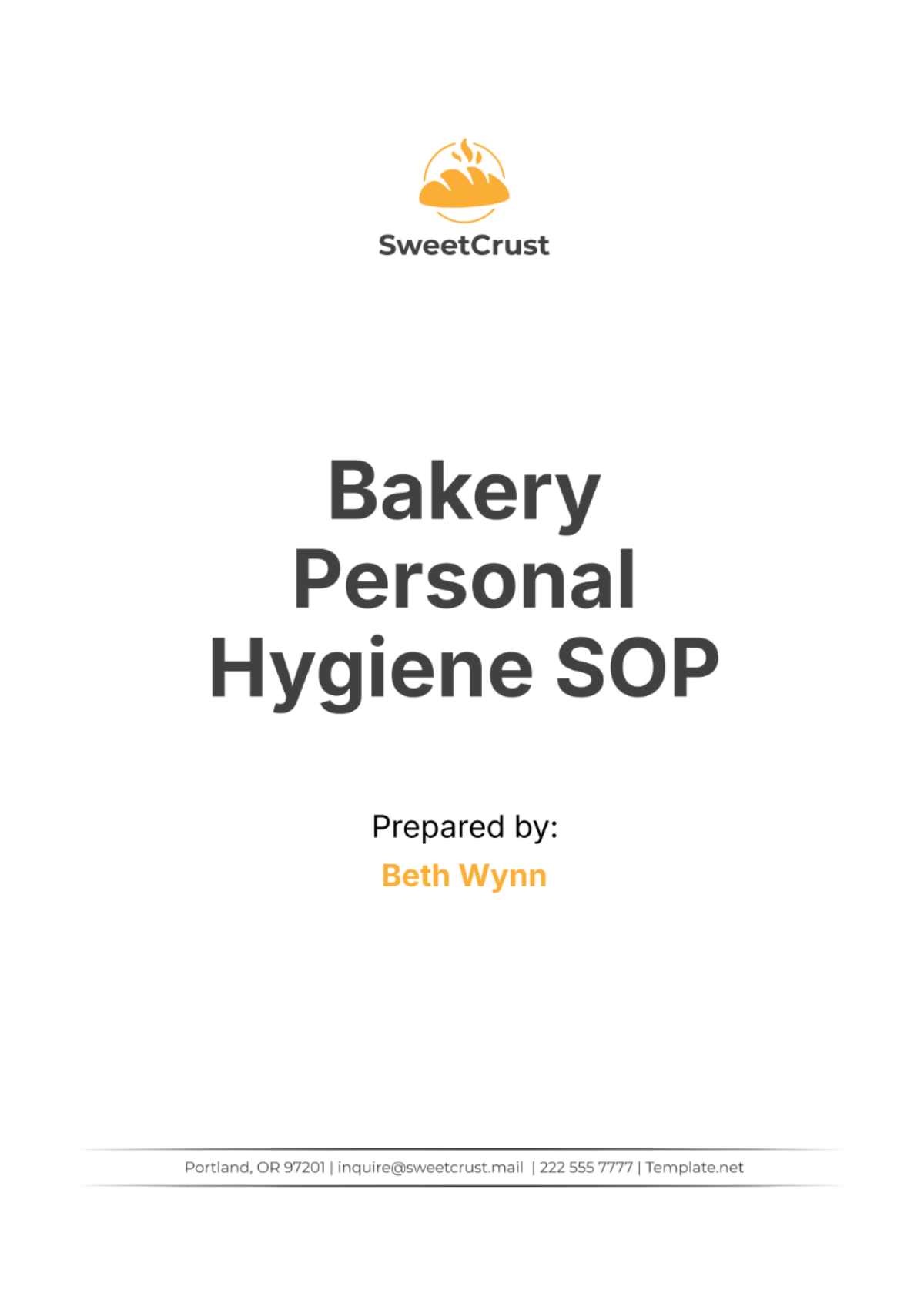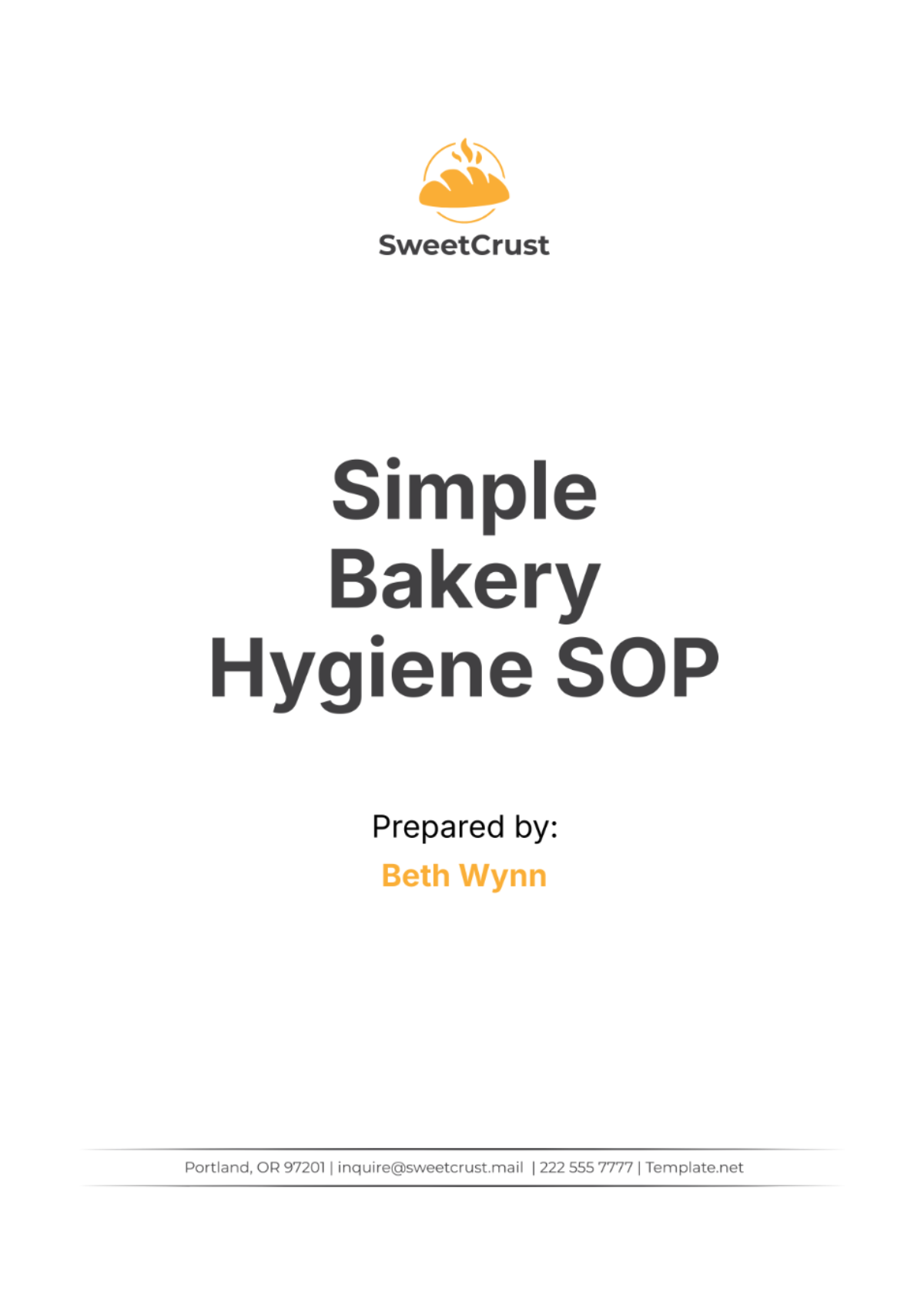I. Introduction
A. Purpose
The purpose of this Standard Operating Procedure (SOP) is to establish detailed guidelines and systematic procedures for managing the financial aspects of architectural projects at [Your Company Name]. This SOP aims to ensure that all financial transactions are conducted consistently, accurately, and in compliance with both industry standards and regulatory requirements. By adhering to these procedures, we aim to enhance financial transparency, control costs, and maintain profitability across all projects.
B. Scope
This SOP applies to all financial activities related to architectural projects at [Your Company Name], encompassing budgeting, cost estimation, invoicing, expense tracking, and financial reporting. It is intended for use by all employees involved in financial management, including project managers, accountants, financial analysts, and administrative staff. The SOP covers the entire project lifecycle from initial budgeting to final financial reporting, ensuring a standardized approach to financial management.
II. Budgeting
A. Budget Preparation
Initial Budget Estimate
Project managers, in collaboration with the finance team, shall prepare an initial budget estimate at the onset of each project. This estimate will include anticipated costs for design, materials, labor, and other expenses. The initial estimate serves as a financial blueprint for the project and provides a basis for further refinement as project details become clearer.
Example: For a commercial building project, the initial budget may include design costs of [$50,000], material costs of [$500,000], and labor costs of [$300,000]. Additional costs such as permits and insurance may also be included, bringing the total initial estimate to [$900,000].
Detailed Budget Breakdown
A detailed budget breakdown should be created, itemizing all expected costs. This breakdown will serve as a reference for cost control throughout the project lifecycle, enabling the project team to monitor expenditures against the budget. Each category should be clearly defined and include a contingency fund to cover unexpected expenses.
Example:
Budget Item
Estimated Cost ($)
Design Fees
50,000
Materials
500,000
Labor
300,000
Permits and Fees
25,000
Insurance
20,000
Contingency
50,000
Total
945,000
B. Budget Approval
Internal Approval
The detailed budget must be reviewed and approved by the project manager, finance manager, and executive team. Approval is indicated by signing the budget document, which signifies agreement on the estimated costs and resource allocation. This step ensures accountability and alignment among key stakeholders.
Example: The project budget for Project XYZ is approved by John Doe (Project Manager), Jane Smith (Finance Manager), and Robert Brown (CEO). Their signatures and the date of approval should be documented on the budget form.
Client Approval
For client projects, the budget must be presented to the client for approval. Any revisions requested by the client should be incorporated, and the final approved budget should be documented. This process ensures that the client is fully informed and agrees to the financial scope of the project.
Example: Client ABC reviews and approves the final budget of [$945,000] for their office building project. The client's approval is confirmed via a signed agreement or email confirmation, which is then filed with the project documentation.
III. Cost Estimation
A. Cost Estimation Methods
Analogous Estimating
This method uses the costs of previous, similar projects as a basis for estimating the current project’s costs. It is quick but less accurate and is most effective when historical data is relevant and comparable. Analogous estimating is typically used in the early stages of project planning.
Example: Estimating the cost of a new residential project based on the costs of a previous similar project completed last year. If the previous project cost [$1,000,000] for a 10,000 square foot building, the new project of similar size may also be estimated to cost around [$1,000,000].
Parametric Estimating
This method uses statistical relationships between historical data and other variables to estimate costs. It is more accurate than analogous estimating and involves detailed analysis. Parametric estimating is useful when there is sufficient historical data and measurable parameters.
Example: Using the cost per square foot of construction from past projects to estimate the cost of a new building. If historical data shows an average cost of [$100] per square foot, a new 10,000 square foot building would be estimated at [$1,000,000].
Bottom-Up Estimating
This method involves estimating costs for individual work packages or activities and summing them to get the total project cost. It is time-consuming but highly accurate, as it considers detailed elements of the project. This method is ideal for comprehensive project planning.
Example: Estimating the cost of each component (e.g., electrical, plumbing, structural work) of a new commercial building and aggregating them. If the electrical work is estimated at [$100,000], plumbing at [$50,000], and structural work at [$400,000], the total estimate would be [$550,000].
B. Estimation Accuracy
Preliminary Estimates
These are initial cost estimates provided during the project’s concept phase with an accuracy range of -25% to +75%. Preliminary estimates help in understanding the potential financial scope and feasibility of a project, though they are subject to significant changes as more details become available.
Example: A preliminary estimate for a new project may range from [$750,000] to [$1,625,000]. This broad range reflects the uncertainty and variability of early-stage project information.
Definitive Estimates
These estimates are prepared during the project planning phase with an accuracy range of -5% to +10%. Definitive estimates are based on detailed project plans and specifications, providing a more reliable and precise financial outlook.
Example: A definitive estimate for a new project may range from [$1,000,000] to [$1,100,000]. This narrower range indicates a higher level of confidence in the cost projections based on comprehensive project data.
IV. Invoicing
A. Invoice Preparation
Generating Invoices
Invoices should be generated based on the agreed-upon payment schedule and milestones reached. Each invoice must include detailed descriptions of services provided, the corresponding costs, and any applicable taxes or fees. The invoice should also include payment terms and the due date.
Example: Invoice #123 includes design fees for Phase 1 ([$20,000]), construction supervision ([$15,000]), and materials ([$150,000]). The total amount due is [$185,000], with payment terms of net 30 days.
Invoice Review and Approval
Before sending to the client, all invoices must be reviewed and approved by the project manager and finance team to ensure accuracy and completeness. This review process includes verifying the accuracy of service descriptions, amounts, and compliance with contract terms.
Example: Invoice #123 is reviewed and approved by John Doe (Project Manager) and Jane Smith (Finance Manager). Their approval ensures that the invoice reflects the work completed and adheres to the agreed terms.
B. Client Communication
Sending Invoices
Invoices should be sent to clients via email with a cover letter summarizing the contents and due date. The email should provide a clear explanation of the charges and instructions for payment. A copy of the invoice should be attached in a standard format, such as PDF.
Example: Invoice #123 is sent to client ABC on May 1, 2050, with a due date of May 15, 2050. The cover letter highlights the services rendered and the total amount due, along with payment instructions.
Follow-Up
A follow-up email should be sent if payment is not received by the due date, including a reminder of the payment terms and any late fees applicable. Consistent follow-up ensures timely payment and addresses any client questions or issues promptly.
Example: A follow-up email is sent to client ABC on May 16, 2050, reminding them of the outstanding payment for Invoice #123. The email reiterates the payment terms and informs the client of any late fees that may apply.
V. Expense Tracking
A. Recording Expenses
Expense Categories
Expenses should be categorized appropriately (e.g., labor, materials, overhead) and recorded in the financial management system promptly. Accurate categorization facilitates better tracking and analysis of project costs, helping to identify areas of overspending or savings.
Example: Labor expenses for Project XYZ are recorded under the labor category with an amount of [$50,000]. Materials expenses are recorded separately, ensuring clarity in financial reporting.
Expense Reports
Monthly expense reports should be generated to track the actual costs against the budget and identify any variances. These reports provide insights into project financial performance and help in making informed decisions to control costs.
Example: The April 2050 expense report for Project XYZ shows a total of [$75,000] in materials costs, compared to the budgeted [$70,000]. The variance of [$5,000] is analyzed to determine the cause and implement corrective measures.
B. Approval of Expenses
Expense Submission
Employees must submit expense reports with receipts for approval. All expenses must be justified, within the project budget, and comply with company policies. This ensures accountability and transparency in the use of project funds.
Example: John Doe submits an expense report for travel costs amounting to [$1,200] with corresponding receipts. The report includes details of the travel purpose, dates, and locations.
Managerial Approval
Expense reports must be reviewed and approved by the project manager and finance manager to ensure they are valid and necessary. Approved expenses are then recorded in the financial management system and reimbursed accordingly.
Example: Jane Smith (Finance Manager) approves the travel expense report submitted by John Doe, after verifying the receipts and ensuring the costs align with project requirements.
VI. Financial Reporting
A. Monthly Financial Reports
Report Components
Monthly financial reports should include a summary of income, expenses, budget variances, and project financial status. These reports provide a snapshot of the project's financial health and highlight areas requiring attention.
Example: The May 2050 financial report for Project XYZ includes a total income of [$500,000], expenses of [$400,000], and a variance of [$50,000] under budget. The report also includes a cash flow statement and a projection of future financial performance.
Distribution
Financial reports should be distributed to the executive team, project managers, and key stakeholders for review. Regular distribution ensures all relevant parties are informed about the financial status and can contribute to decision-making processes.
Example: The May 2050 financial report is distributed to Robert Brown (CEO), John Doe (Project Manager), and other key stakeholders via email and uploaded to the company's internal portal for easy access.
B. Annual Financial Reports
Comprehensive Analysis
Annual financial reports should provide a comprehensive analysis of the financial performance of all projects, including profitability and return on investment. These reports offer insights into the overall financial health of the company and guide strategic planning.
Example: The 2050 annual financial report shows a total revenue of [$10,000,000], total expenses of [$8,500,000], and a net profit of [$1,500,000]. The report includes detailed breakdowns of income and expenses by project and department.
Audit and Compliance
The annual financial report should be audited by an external auditor to ensure accuracy and compliance with regulatory requirements. The audit provides an independent assessment of the company's financial practices and enhances credibility with stakeholders.
Example: The 2050 annual financial report is audited by XYZ Auditors and is found to be in compliance with all relevant regulations. The auditor's report is included in the annual financial report, providing assurance to investors and regulatory bodies.
VII. Appendices
A. Definitions
Budget
A financial plan that estimates income and expenses over a specified period. A budget is essential for project planning and financial control, providing a framework for managing resources and achieving project objectives.
Invoice
A document requesting payment for services rendered or goods provided. Invoices are essential for cash flow management and ensuring timely payment for services. They must be clear, accurate, and compliant with contract terms.
B. Templates
Budget Template
A standardized template for preparing project budgets, including all necessary categories and fields. The template ensures consistency in budget preparation and facilitates easier review and approval.
Invoice Template
A standardized template for creating invoices, including fields for service descriptions, amounts, and due dates. The template ensures invoices are comprehensive and professional, facilitating timely payment.
Expense Report Template
A standardized template for employees to submit expense reports, including fields for expense categories, amounts, and receipts. The template ensures expense reports are complete and facilitate efficient approval and reimbursement.


